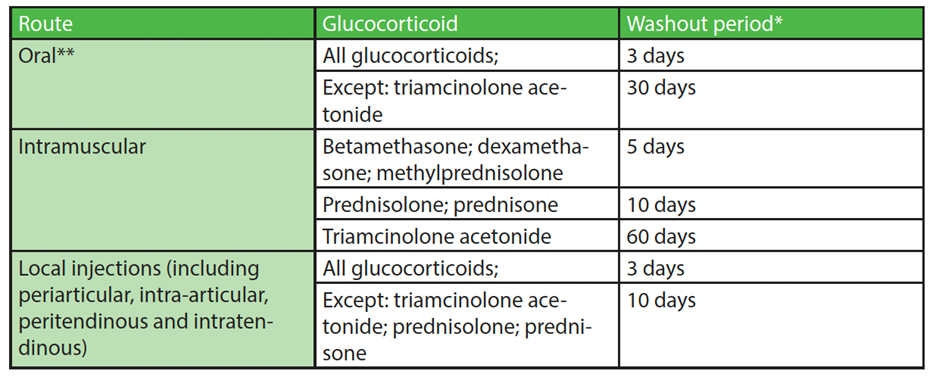Examining the Upcoming Amendments to WADA Prohibited List

By Jared P. Vasiliauskas and Michael Viverito, of Power & Cronin, Ltd.
Each year, the World Anti-Doping Agency (“WADA”) releases its list of prohibited substances and methods, with an effective date of January 1 the following year. The 2022 List of Prohibited Substances and Methods (the “List”) was recently approved and released by WADA’s Executive Committee[1]. For a substance or method to be added to the list, it must first be determined that the substance meets at

